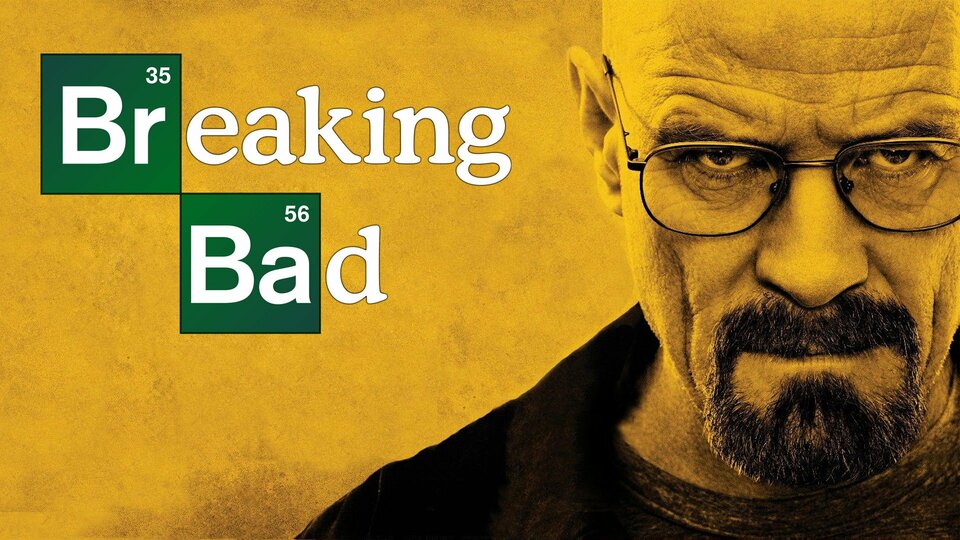“I am not in danger, Skyler. I am the danger.”
Walter White, the protagonist of Breaking Bad, is one of television’s most complex and compelling characters. Examining him from a screenplay-writing perspective reveals how masterful character design and evolution can captivate audiences and drive a narrative.
Character Traits
- Surface Traits: Mild-mannered, highly intelligent, disciplined, meticulous.
- Core Traits: Prideful, manipulative, ambitious, capable of immense cruelty.
- Inner Conflict: Torn between his initial justification for crime—providing for his family—and his latent hunger for power and recognition.
Backstory as Motivation
Walter White begins as an underappreciated high school chemistry teacher with a past as a brilliant scientist who co-founded a billion-dollar company but left it due to personal and financial conflicts. This history of failure and perceived injustice fuels his decisions. It’s critical for screenwriters to plant such emotional seeds early, allowing the audience to empathize with the character even as they descend into villainy.
Catalyst: The Inciting Incident
Walter’s cancer diagnosis serves as the inciting incident, thrusting him into a world of crime. His rationale—securing his family’s financial future—makes him relatable, even heroic, at the outset. From a writing standpoint, this justification sets up the audience to root for him despite his morally questionable actions.
Goals and Stakes
Walter’s goal evolves:
- Initial Goal: Make enough money to provide for his family after his death.
- Evolving Goal: Prove his worth and reclaim his dignity.
- Final Goal: Dominate the drug trade and leave a legacy.
The stakes escalate in tandem with his goals. Each decision propels the story forward and forces Walter into deeper ethical dilemmas.
Transformation Arc
Walter undergoes one of the most compelling transformations in television history: from “Mr. Chips to Scarface.”
- Season 1 Walter: A desperate man committing crimes reluctantly. He clings to a moral code, evident in his hesitance to kill Krazy-8.
- Season 3 Walter: His pride and desire for control begin to overshadow his initial motivations. Moments like the murder of Gale show his shift toward ruthlessness.
- Final Season Walter (Heisenberg): Fully embraced his criminal identity, driven not by necessity but by power and ego. His admission to Skyler—“I did it for me”—solidifies his transformation.
Conflict and Flaws
- Internal Conflict: Walter battles between his family-oriented persona and his darker, pride-fueled alter ego. This duality creates tension in every decision.
- External Conflict: He faces threats from the law, rival criminals, and even his own allies. These external pressures mirror and amplify his inner struggles.
- Fatal Flaw: His hubris, stemming from his need for recognition, ultimately leads to his downfall. For screenwriters, ensuring the character’s flaw ties directly to their decisions and ultimate fate is essential for crafting a satisfying arc.
Relationships
- Skyler White: Walter’s relationship with his wife highlights his descent. Their once-loving dynamic becomes a battleground for control and deception.
- Jesse Pinkman: A mentor-student relationship that evolves into a tragic co-dependence. Walter manipulates Jesse while harboring a twisted form of paternal care.
- Hank Schrader: The cat-and-mouse tension between Walter and his brother-in-law underscores the series’ narrative tension.
Symbolism and Visual Storytelling
Walter’s transformation is reflected visually:
- Costume: From neutral, unassuming colors to black, signifying his Heisenberg persona.
- Props: The iconic pork pie hat becomes a symbol of his criminal identity.
- Chemistry as a Metaphor: Walter’s expertise in chemistry parallels his ability to manipulate and control situations.
Lessons for Screenwriters
- Complex Motivations: Walter’s multidimensional motivations make him relatable even as he commits horrific acts.
- Gradual Transformation: His descent is paced carefully, allowing the audience to follow and even sympathize with his choices.
- Dynamic Relationships: Walter’s interactions with others reveal new facets of his character and heighten dramatic tension.
- Symbolism: Subtle visual cues and recurring motifs deepen the narrative.
Walter White serves as a masterclass in character creation and evolution, demonstrating how to craft a protagonist who is both deeply flawed and utterly captivating.

Leave a Reply